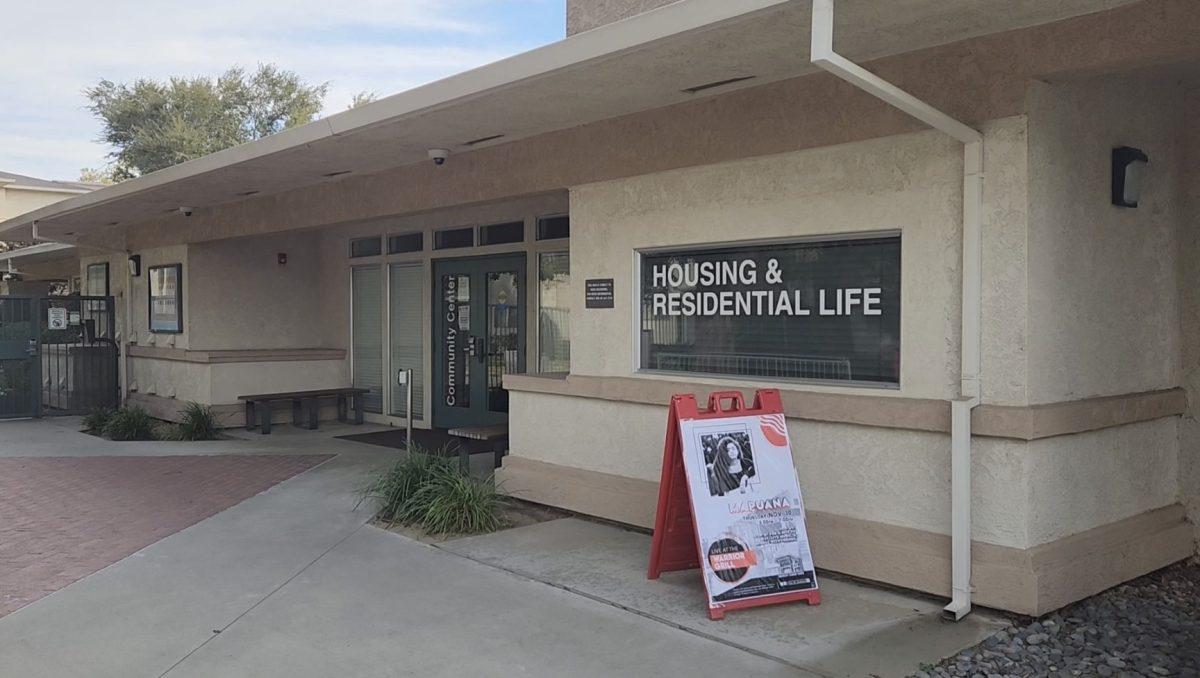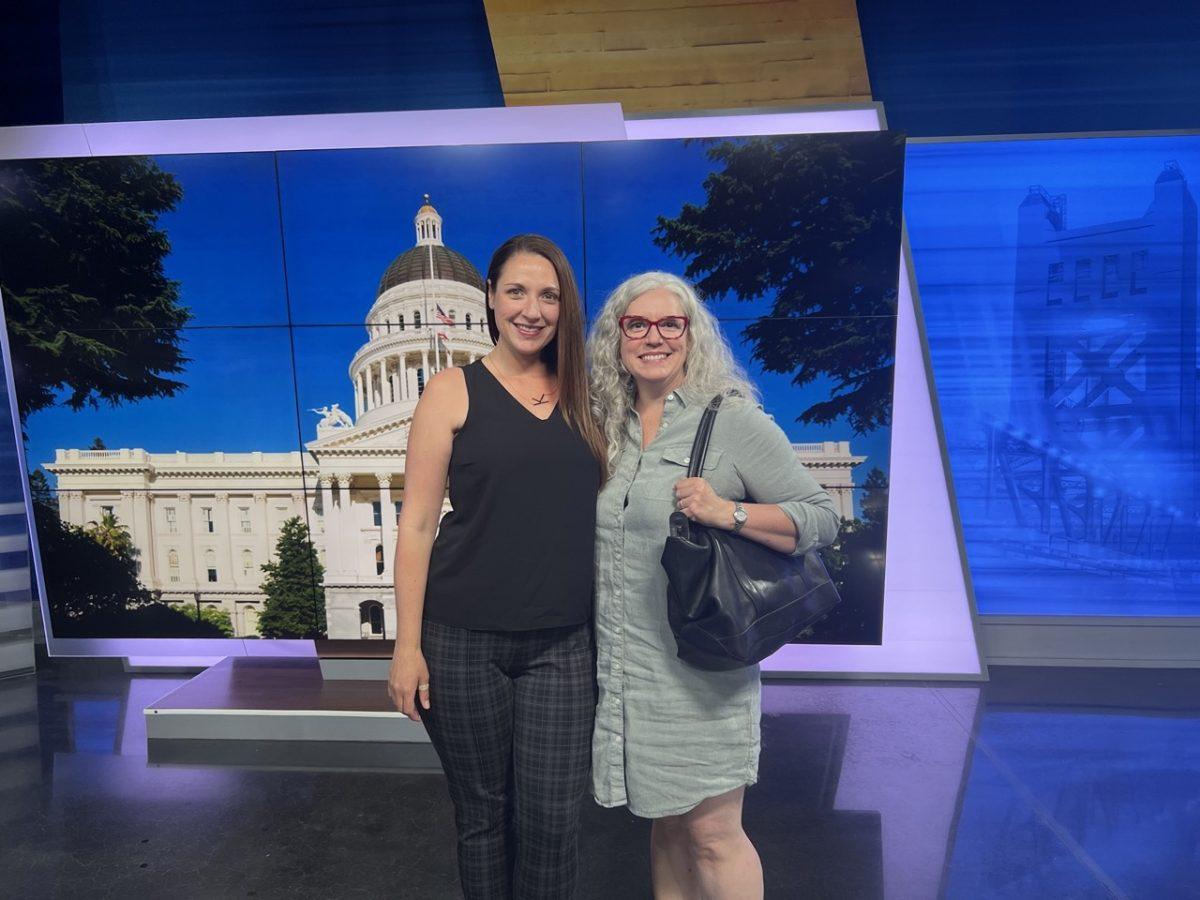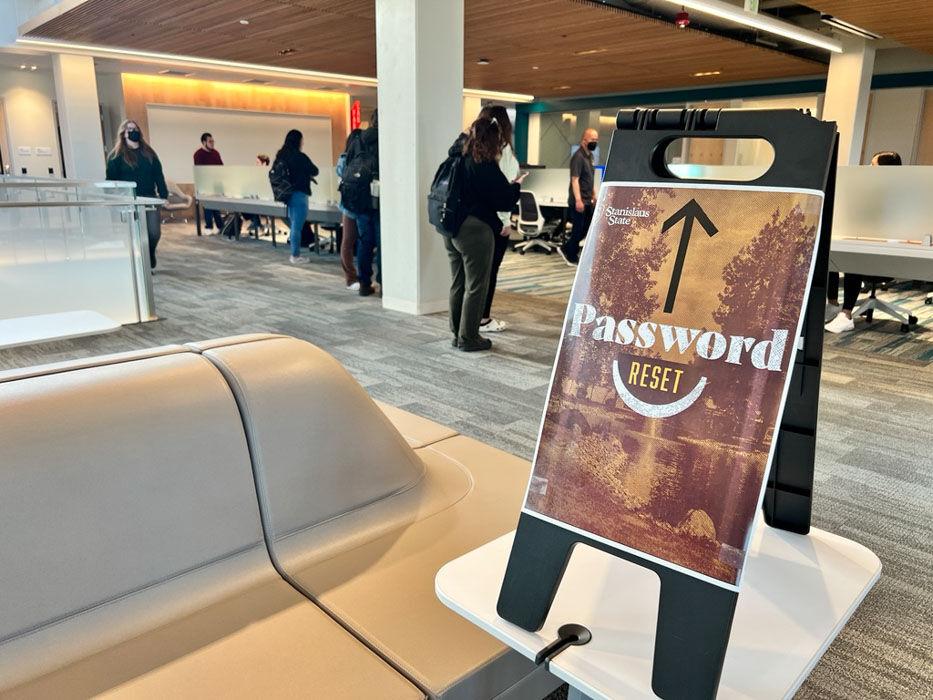Anyone can tell you time and time again not to be nervous, we are all people, it’ll be fine.
But this will never stop you from having butterflies in your stomach the first time you try to communicate with someone from a culture you’ve studied but never been a part of.
That is, after all, exactly what it is for a hearing student of American Sign Language (ASL) attending a Deaf social.
But just like everyone promised, I lived to write about it.
If there is anything I want to be taken from my experience, it is to never refer to any member of the Deaf community as “hearing impaired.”
This is a culture, not a handicap – and they’re proud of it.
When my ASL teacher informed our class that we were going to the Ice Cream Social for the Deaf, I and many of my classmates were a little nervous.
If you’ve ever learned Spanish in school and then (when approached by a couple of Spanish-speaking students) suddenly realized you hadn’t even scratched the surface of the language, you have some idea of how we felt walking into the food court at the Vintage Faire Mall in Modesto.Suddenly I forgot everything I had learned all semester.
True to my American culture, I sat with my classmates. We would sign to each other, practicing and trying to recall what we knew.
A few basics about Deaf etiquette: use your hands and facial expressions as much as possible so that any member of the Deaf community can follow the conversation.
If you aren’t using gestures and trying to create images, you are excluding the people welcoming you into their world. How rude is that?
The next thing we knew, we were surrounded by people signing. The other fascinating thing about the Deaf world: It isn’t divided by color or accent (that a beginner can tell).
When everyone around you is signing, you have no clue who’s Hearing and who is Deaf, which are just regular attendees and which are advanced ASL students. Suddenly I was immersed in another culture in the center of my hometown mall.
In my experiences with trying to communicate across cultures, the basic fear is that you are going to say or do something offensive.
Knowing some basic etiquette helps you to feel that while you might make mistakes you can, at the very least, avoid anything that culture might take offense to.
The most important thing to remember when experiencing a new culture in general is that people are proud of their culture and are usually eager to share.
The Deaf are absolutely no exception.
Owning up to being a visitor with good intentions will excuse you from most faux pas, so don’t worry about messing up.
As my ASL teacher signed when easing our worries about attending the social, the deaf don’t bite.
If you do fear being rude, a big help is to learn some basic signs like “please,” “thank you,” “I don’t understand” and “again.” It is just like traveling to a different country and needing to know how to say, “Where is the bathroom, please?” These are phrases that will make communicating a little easier.
Quite often I found myself communicating with another student, and then someone would come and simply watch or join in on the conversation. The thing about signing is that it’s very open, so I was able to take that as an invitation to meet, greet and learn about everyone.
This experience was an incredible insight to another part of the diversity of our American culture. Students should join in expanding their knowledge of this amazing facet of our culture, and anyone who would like to can find the dates for socials and other events at norcalcenter.org.
Categories:
Deaf social: Learning about a culture, not a handicap
By Melissa De Leon
•
April 30, 2014
0
Donate to Signal
Your donation will support the student journalists of California State University, Stanislaus. Your contribution will allow us to purchase equipment and cover our annual website hosting costs.
More to Discover






